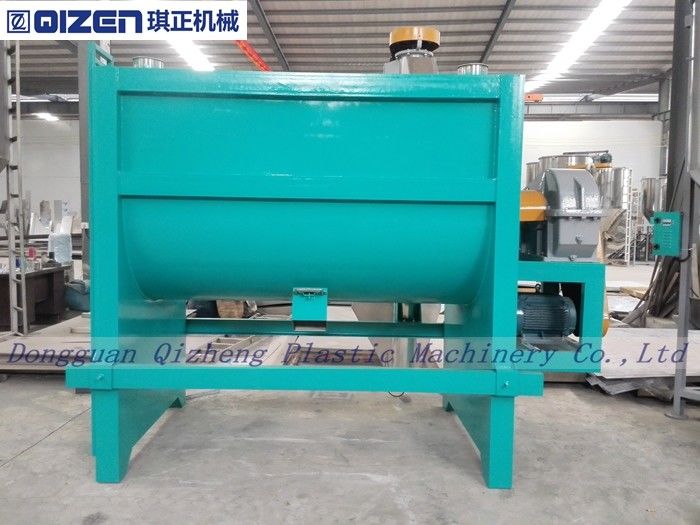

The mixing performance was largely dominated by the material properties of the mixture, which had a larger effect than the ingredient flow rate variability contributed by the feeders.

The relationship between different experimental parameters and mean residence time and mean centered variance was examined. To quantify the strain applied to the powder in the blender, the number of blade passes experienced by the powder in the blender was calculated using the residence time measurements. The flow behavior in the continuous mixer was characterized using the residence time distribution (RTD) and powder hold-up measurements. Blender performance, characterized by the relative standard deviation (RSD) of composition of blend samples taken at the blender discharge and by the variance reduction ratio (VRR) of the blender, was measured as a function of impeller rotation rate, flow rate and blade configuration. An experimental investigation was carried out to study the mixing performance and flow behavior in a continuous powder mixer for a typical pharmaceutical mixture.


 0 kommentar(er)
0 kommentar(er)
